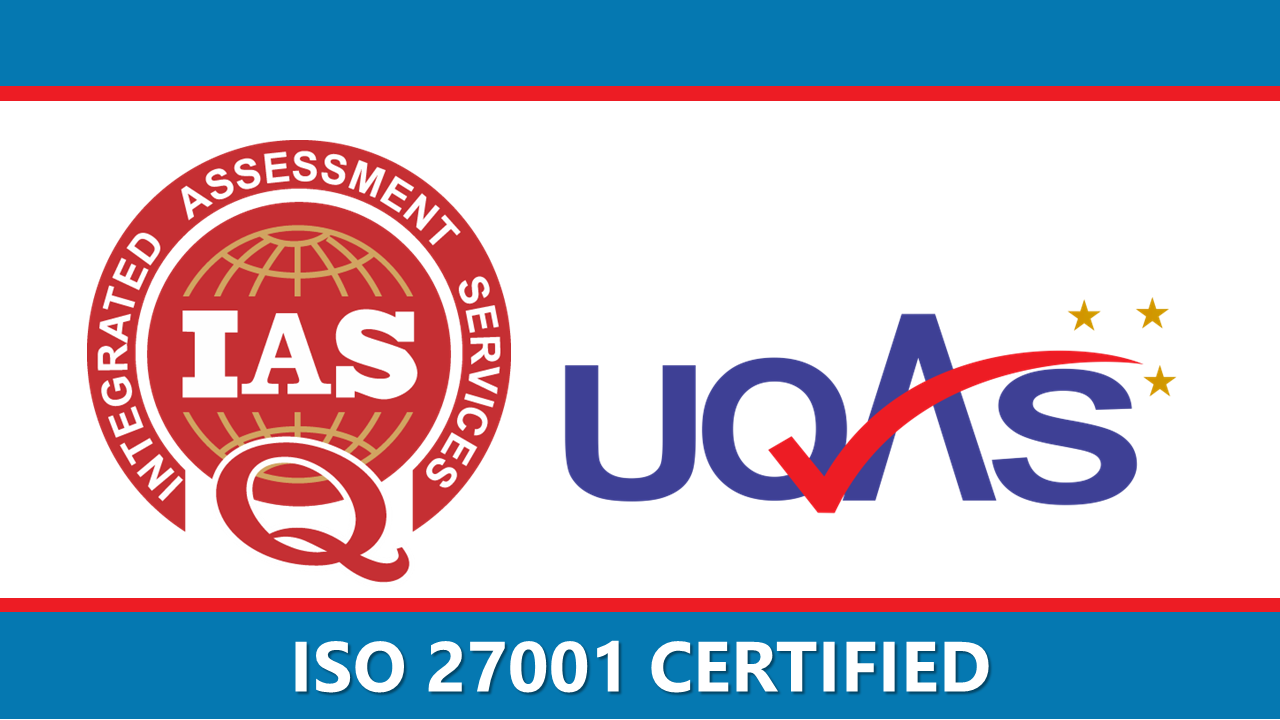Problem with Manual Expense Processing
According to Statista, in 2019 alone close to $1.3 trillion was spent on travel and business expenses worldwide. The same study cited that a good majority of companies (around 46%) still manages their expense reimbursement process manually, wherein the employees must submit physical copies of the bills to request for reimbursement (sometimes using a courier to send the receipt images across continents for processing). Companies need to embrace technology and automation to streamline this process other they risk having a high number of erroneous entries, broken approval workflows, and lower employee satisfaction as manual processes are tedious and time-consuming. Also, the manual processes come at a steep price of around $27 per month per employee.
Benefits of automating your expense management process.
Streamlining the reimbursements with workflow automation speeds up approvals, eliminates manual errors, and the need for emails exchanged back and forth. It saves time by handling tasks that are repetitive and does not need any manual intervention. With the implementation of AI-enabled software workflows, everyone stays informed, and one can easily identify where approvals are hung up, manipulated, or have mismatched information.
For example, when employees report expenses incurred during business trips, all they need to do is click the receipts with their mobile camera, multi-select and export the expense entries, and send the report for approval. No spreadsheets, no emails. The managers receive the expense reports automatically and the system throws up flags if there are violations in the organization’s expense policy.
It is high time enterprises deploy intelligent software-based expense management that is a low cost, can be integrated easily with the organization’s HR systems, and is available on the go for ease of use.
In this blog, we have tried to analyze some key parameters that will help companies choose and deploy the right solution as per their unique needs.
Workflow setups
Based on the size of the company, its nature of the operation, and industry, the reimbursement workflow setup may vary. For easier understandability, we have picked up a size to accordingly suggest corresponding tools and workflows.
SME or Startups with a small sales team
A typical SME or startup in the initial phase will typically have a small team having most of their employees working remotely. Their main focus is employees’ efficiency in applying for reimbursement claims.
In this case, an ideal tool need not have a mandate to work in collaborative mode (Team mode), as there is no need for few employees say, a technical software developer to have access to the tool. That way the companies can save on subscription fees for inactive users.
Also, it should have the capabilities to create reports just by a simple click of the receipts and have receipts auto-tagged based on the activity. This would save a tremendous amount of time for the sales team that spends their Fridays on searching, scanning, and printing out receipt bundles.
Companies that have 100- 500 employees
When the companies do have a larger employee base, especially white-collar employees, there is a requirement to have non-sales employees also to have access to the reimbursement tool for managing travel and other per-diem expenses, etc. A larger team also demands features such as expense splitting, which is tagging a co-worker for a particular expense with a client. Splitting expenses also allows employees to match the per diem quota. Auto mapping the claim with the prerequisite category is also one of the features for the companies falling under this category.
Companies under this category would typically have accounting software in place and the ideal tool should integrate with those and should facilitate seamless synchronization of employee data after approval for reimbursement initiation. These companies may not have multi-level approval workflows which makes it reduce the total turnaround time for reimbursement and simplifies the process.
Enterprises that have multiple approval hierarchy
Larger Enterprises and corporates have a much complex approval workflow as it may attract larger manipulation of policy breach attempts from the employees, solely because of the strength of the employee base. In this scenario, enterprises are typically seen to have a large and exclusive accounting team that cross-checks the expenses manually before approving reimbursements requests.
In this scenario, An ideal tool should facilitate the sourcing of receipts along with the scanned copy of the bill from the employees and should support multi-level approval workflows as per the organization hierarchy and finally should have integration plug-ins available for major accounting software to complete the transaction. While most large enterprises have workflows built it the expense claims origination process is still manual.
The advent of AI technology has given a promise on completely template-free receipts data capture with more than 95% accuracy easily. The strength of the data entry team in the accounting department could be massively reduced and can be utilized for more productive efforts in enterprises as the AI would reduce the workloads up to 90% of manual intervention. This not only benefits in cost but also in the erroneous entries and manipulation attempts as AI do it completely unbiased and effortlessly in lesser time.
IN-D BillsPls – Right tool for every category
After understanding the pain points of companies in every category, we have designed a tool that could adapt to all the use cases if implemented in the right way. Having successful footprints in the true AI-based smart data capture industry, we modeled our receipt data capture module should reach every use case possible to eliminate the manual data entry, auto-flagging manipulations, highlighting mismatches, and even auto-categorize for easier reconciliation of expenses.
Addressing category one, BillsPls does offer an individual work-mode that operates without any dependency on other team members that reduces your subscription fee as there is no need to pay for the inactive users. As an effort to support the startups in the initial stages, we offer even a free plan that works with very few limitations, which would be so forever. Employees can even manage their personal expenses and do personal tax filing with simple clicks.
For the companies in category two, BillsPls does have a team work-mode that enables collaboration points like tagging co-sales teammate for an expense, etc. It has a one-level of approval workflow which a majority of companies would fall under and have the entire setup and payments done right on the mobile phone.
Enterprises that require plug-ins for RPAs and easy seamless integrations with accounting software are no exception. BillsPls does have broker APIs published in many RPA marketplace like UiPath, Microsoft Power Automate, Blue Prism, and more to come shortly. It also integrates with many accounting software like Xero, etc. that enables the companies to get the approved expenses right on their accounting portal that initiates the reimbursement payouts in no-time.
In this above representation, it is mentioned how enterprise workflow may typically look like and how BillsPls mobile app does the sourcing uninterrupted. Enterprises that have an existing receipts processing app in the sourcing end can leverage the capabilities of BillsPls’ AI engine to perform cross-checking of the employee entered data along with the data captured from the receipts attached. It will automatically flag only the dubious entries with mismatches, and data manipulation.
BillsPls application is available in Android Play Store right now and will be available in the iOS App Store in a month at the time of writing this blog. Write to explore@in-d.ai in case of feedback, custom deployments on your existing workflows, enterprise pricing, etc.







